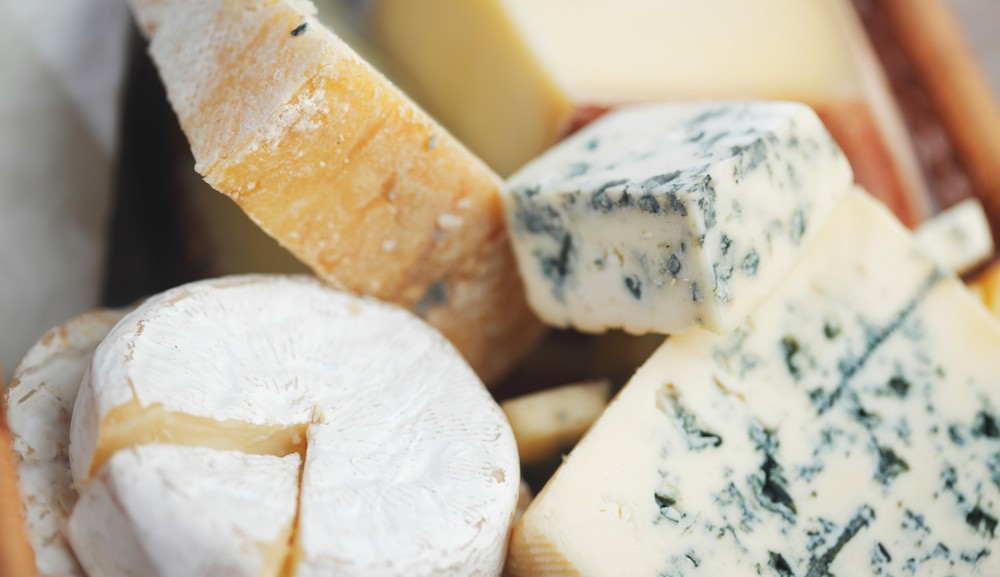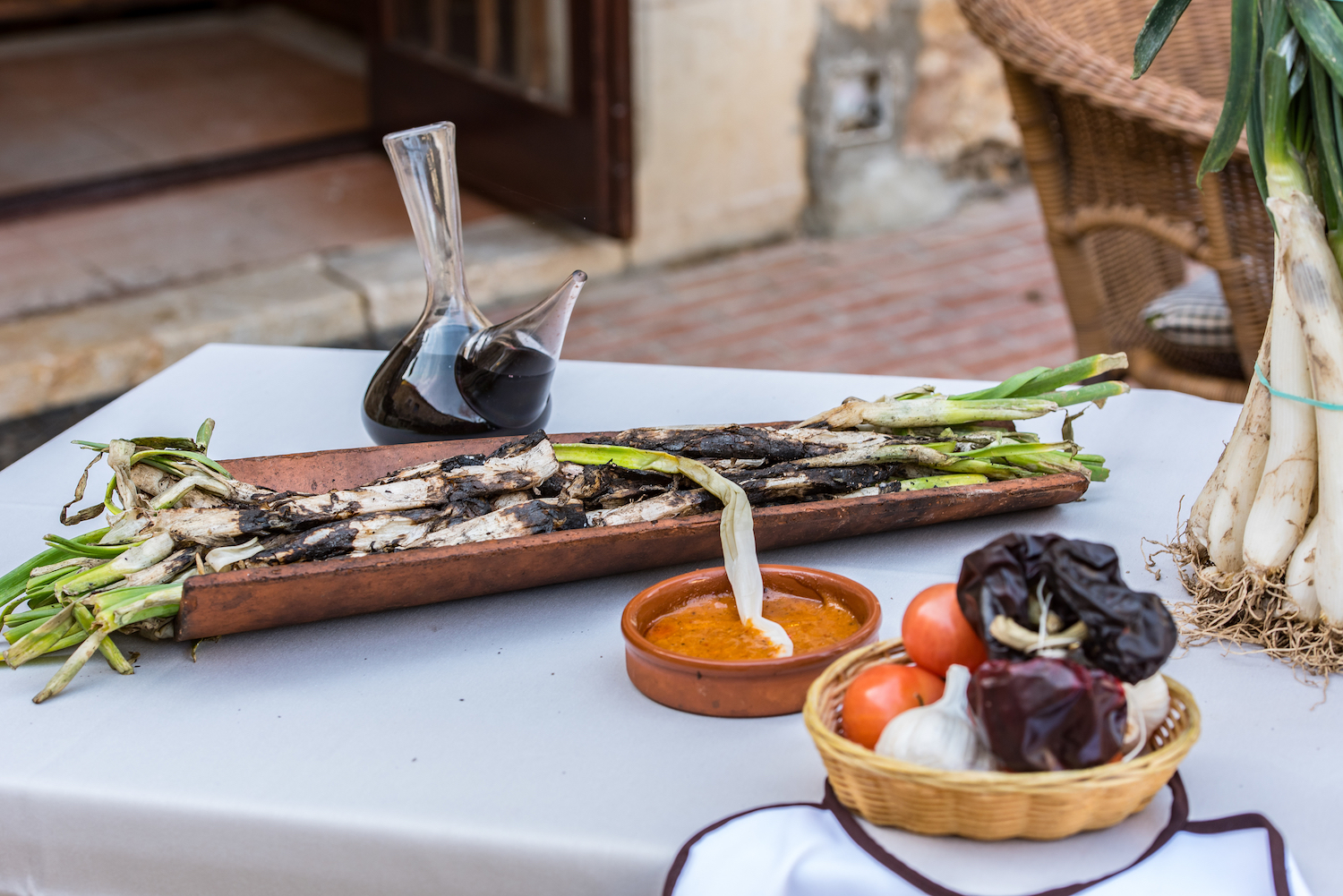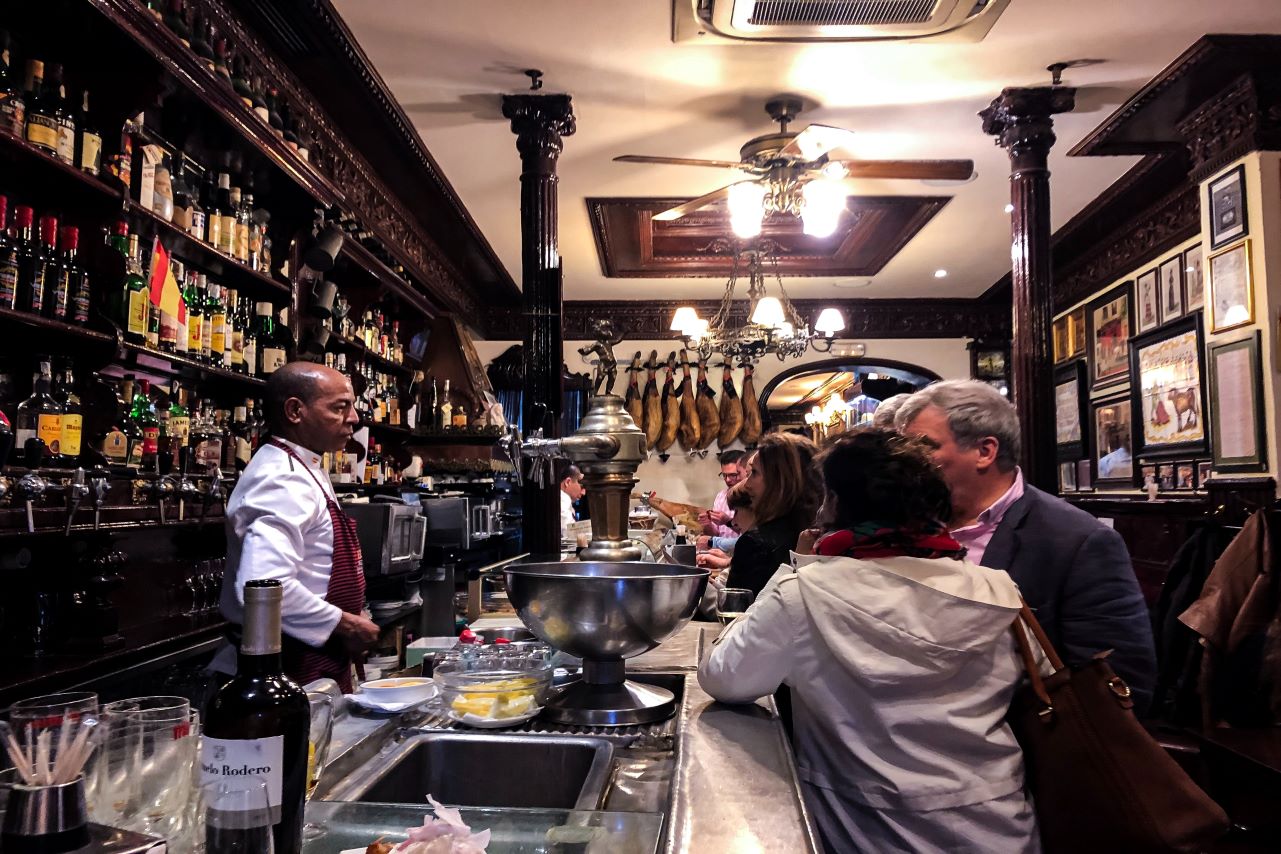Classification of Spanish cheese
Classification of Spanish cheese
Many tourists come to Madrid not only to visit different attractions and have a rest, but also to taste the local dishes. Spanish cuisine has a rich history and tradition. This is a real treasure for the fans of gastronomic tourism! Aromatic wines, filling jamon, fresh olive oil … And, of course, delicious cheese! So, today we’re going to taste the dishes and learn about their varieties.
Spanish cheeses are produced in different regions and have different tastes. They’re made of cow’s, sheep’s and goat’s milk. All Spanish cheeses meet the highest standards of quality and consist only of the natural products. Another distinctive criterion of local cheeses is their maturity.
Classification of cheeses
- Tierno (“soft”). This is a very soft fresh cheese, matured for about a week. The most famous representatives are El Ventero and Manchego.
- Semicurado (“half-cured”). Harder cheese, matured for 2-4 months. The brands Gran Capitan and Gracia Baquero deserve special attention.
- Curado (“cured”). Ripened cheese, matured for 4-6 months. Try such sorts as Manchego and Villaverde.
- Viejo (“old”). Very hard cheese, matured for about a year. Try the old cheese from Manchego and Don Bernado.
- Añejo (“smoked” or “aged”). Hard cheese with the longest maturation period (up to 2 years). These are such cheeses as Quesera de la Castilla, El Pastor, Campo de Oro, etc.
Kinds of cheeses
- Manchego – one of the best Spanish sheep’s cheeses, produced in La Mancha. Manchego belongs to the half-cured (“semicurado”) cheeses. Its taste is very spicy and a bit salty. However, in contrast to the other sheep’s cheeses, Manchego is not soft but a bit hard.
- Tetilla- is the cheese produced in Galicia that has an unusual conical shape. It is made of pasteurized cow’s milk and matured for at least 7 days. The cheese has a tender taste and melts very well.
- TortadelCasar is a soft and tender goat cheese, produced in Extremadura. Due to its creamy texture, this cheese is usually spread on bread or eaten with fruits, anchovies and cold white wine.
- Cabrales is a famous Spanish blue cheese from Asturias. This cheese has a strong smell and delicious taste. It must be served with different fruits or ham and sweet wine.
- IdiazabaldePastor is a hard (“curado”) Spanish cheese from Navarra. It is made of pasteurized sheep’s milk and has a spicy taste (it can be also smoked). Usually, it is served as dessert with jam.
The great variety of Spanish cheese will make you gastronomic tourism especially pleasant. Try different kinds of cheese to find your favorite. Spanish cheeses can also be a good present for your family and friends.








Comments